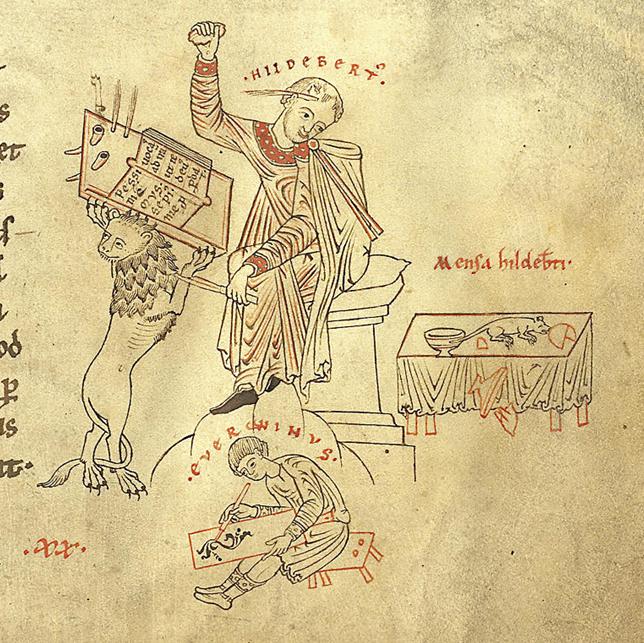Mark Dominus (陶敏修)
mjd@pobox.com

Archive:
| 2025: | JFMAMJ |
| JAS | |
| 2024: | JFMAMJ |
| JASOND | |
| 2023: | JFMAMJ |
| JASOND | |
| 2022: | JFMAMJ |
| JASOND | |
| 2021: | JFMAMJ |
| JASOND | |
| 2020: | JFMAMJ |
| JASOND | |
| 2019: | JFMAMJ |
| JASOND | |
| 2018: | JFMAMJ |
| JASOND | |
| 2017: | JFMAMJ |
| JASOND | |
| 2016: | JFMAMJ |
| JASOND | |
| 2015: | JFMAMJ |
| JASOND | |
| 2014: | JFMAMJ |
| JASOND | |
| 2013: | JFMAMJ |
| JASOND | |
| 2012: | JFMAMJ |
| JASOND | |
| 2011: | JFMAMJ |
| JASOND | |
| 2010: | JFMAMJ |
| JASOND | |
| 2009: | JFMAMJ |
| JASOND | |
| 2008: | JFMAMJ |
| JASOND | |
| 2007: | JFMAMJ |
| JASOND | |
| 2006: | JFMAMJ |
| JASOND | |
| 2005: | OND |
Subtopics:
| Mathematics | 245 |
| Programming | 99 |
| Language | 95 |
| Miscellaneous | 75 |
| Book | 50 |
| Tech | 49 |
| Etymology | 35 |
| Haskell | 33 |
| Oops | 30 |
| Unix | 27 |
| Cosmic Call | 25 |
| Math SE | 25 |
| Law | 22 |
| Physics | 21 |
| Perl | 17 |
| Biology | 16 |
| Brain | 15 |
| Calendar | 15 |
| Food | 15 |
Comments disabled
Tue, 02 Feb 2021
This is the famous self-portrait of Hildebert, a 12th century scribe in what is now the Czech Republic. In this picture, Hildebert is shaking his fist at a mouse, which is eating his lunch.

There is quite a lot going on here! First off, Hildebert is carrying one of his quill pens behind his ear. This seems to me like a good way to get ink in your hair, and I wonder if medieval scribes often had smudges on their forheads.
I think the thing in his hand is a piece of bread. But what is on the table? I think the mouse is eating Hildebert's cheese (we can see the already-cut piece under the mouse's butt) and there seems to have been a small roast bird of some type, which the mouse has upset but which has not yet hit the floor. The table with the mouse is labeled Mensa hildeberti, “Hildebert's table”, in case it was unclear just whose lunch was being stolen.
Hildebert seems to be wearing a long garment with fancy matching sleeves and collar, and over that what looks like a chiton. I wonder if Hildebert really wore a chiton?
On the left of the picture is a really interesting piece of equipment. Until I saw this picture, it had never occurred to me that the lap desk had been invented before I was born. But here it is, almost nine hundred years ago. And it certainly is a lap desk, having no legs. In this picture the lap desk is supported by a backward-headed lion, but in actual practice such luxuries are probably hard to come by, so Hildebert would have put the desk on his lap.
The two long curvy things on the left edge of the lap desk are not legs. They are inkhorns: sawn-off animal horns, filled with ink. When you need to get more ink on your quill, you dip the end in the inkhorn. I had heard of inkhorns but until I saw this picture I had never understood how you used them: they won't stand up, and if you lay them down the ink will spill. But Hildebert's picture makes it perfectly clear: the lap desk has a couple of round holes in it, and you slide the inkhorns into the holes until they stop. Very nice! Next to the inkhorns are two extra quills, and along the bottom edge of the lap desk there is a ridge to keep the paper or parchment from sliding into your lap. I am pretty sure that the lion is holding the desk by the bottom edge, so that it is presented to Hildebert sideways. Hildebert is too enraged by the mouse to care about this.
Also on the desk is a booklet, in which (according to Wikipedia) Hildebert has written:
Pessime mus, saepius me provocas ad iram. Ut te deus perdat
I think I can make this out. (Medieval scribes used a great many abbreviations. For example, iram is written as “irã”. Similarly, the hildeberti above the table is abbreviated to “hildebti”. If you are interested, I discussed scribal abbreviations a couple of years ago.)
Wikipedia's translation of this is:
Most wicked mouse, you incite me to anger once too often. May God destroy you.
I think the phrasing and the fist-shaking, directed at a mouse, are meant by Hildebert to be a humorous overreaction.
Underneath Hildebert is a drawing of his colleague Everwin (EVERWINVS). Everwin seems to be painting some sort of decoration with a brush. Check out his fancy sleeves and matching socks!
I am not sure what Hildebert is holding in his left hand or whether it intersects the lion's arm. My best guess is that it is Hildebert's table knife, and that the picture means to show it passing in front of the lion, not intersecting the lion.
Many thanks to Marnanel Thurman for bringing this to my attention.
[Other articles in category /art] permanent link


